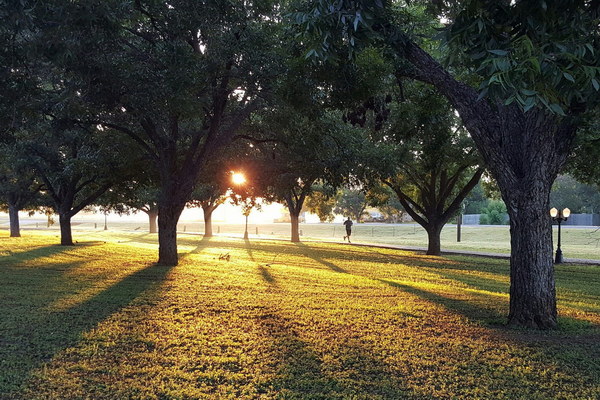Revitalizing Health and Well-being in China's Third and Fourth-Tier Cities The Rise of Integrated Elderly Care and Wellness Communities
In recent years, China's rapid urbanization has led to a significant shift in the country's demographic landscape. With the aging population increasingly occupying a larger proportion of the population, there is a growing demand for comprehensive health and wellness services in cities beyond the bustling metropolises. This trend has given rise to the emergence of integrated elderly care and wellness communities in China's third and fourth-tier cities, offering a unique blend of medical care, recreational activities, and comfortable living environments for the elderly.
The development of these communities is not only driven by the country's aging population but also by the government's efforts to promote healthy lifestyles and improve the quality of life for senior citizens. These cities, often characterized by a lower cost of living and a slower pace of life, are increasingly becoming preferred destinations for those seeking a harmonious balance between health care and leisure.
One of the key advantages of these integrated elderly care and wellness communities is their emphasis on preventive healthcare. Unlike traditional medical care systems that focus on treating diseases after they occur, these communities prioritize preventive measures to maintain the health and well-being of their residents. This includes regular health check-ups, nutritional counseling, and exercise programs tailored to the specific needs of the elderly.
Moreover, these communities are designed to foster social connections and reduce feelings of loneliness among the elderly. By offering a variety of recreational activities and social events, these communities encourage residents to engage with each other, fostering a sense of belonging and community spirit. This not only improves mental health but also contributes to an overall better quality of life.
Another notable feature of these communities is the integration of medical facilities within the living environment. This means that residents have easy access to healthcare services, such as hospitals and clinics, without the need to travel long distances. This is particularly beneficial for elderly individuals who may have mobility issues and require frequent medical attention.
In addition to healthcare and social activities, these communities often offer a range of amenities that cater to the diverse needs and preferences of their residents. This includes comfortable living accommodations, well-maintained gardens, and secure parking facilities. Some communities even provide transportation services, ensuring that residents can easily access local amenities and healthcare facilities.
As the demand for such communities continues to grow, developers and policymakers are working together to ensure that they are accessible to a broad range of individuals. This includes offering various payment plans and subsidies to make these communities more affordable for lower-income residents. By doing so, these cities aim to create a more inclusive and sustainable environment for the elderly.

Despite the many benefits of these integrated elderly care and wellness communities, there are challenges that need to be addressed. One of the main challenges is the availability of qualified healthcare professionals in these cities. To overcome this, some communities have established partnerships with hospitals and medical schools, ensuring a steady supply of skilled professionals.
In conclusion, the rise of integrated elderly care and wellness communities in China's third and fourth-tier cities represents a significant shift in the country's approach to aging. By offering a unique blend of healthcare, social activities, and comfortable living environments, these communities are helping to improve the quality of life for the elderly and contribute to the overall health and well-being of these cities. As the aging population continues to grow, it is essential that these communities are supported and expanded to meet the needs of all seniors, regardless of their socioeconomic status.









